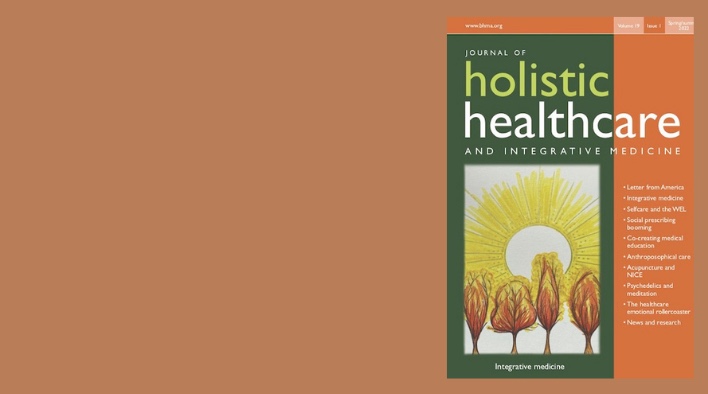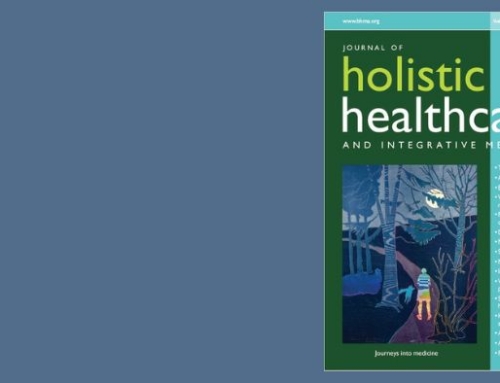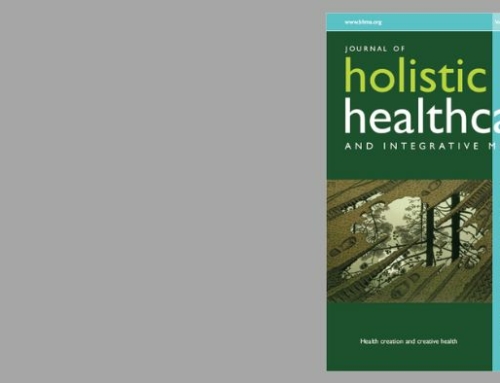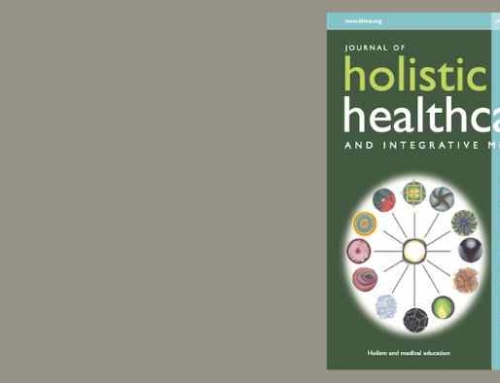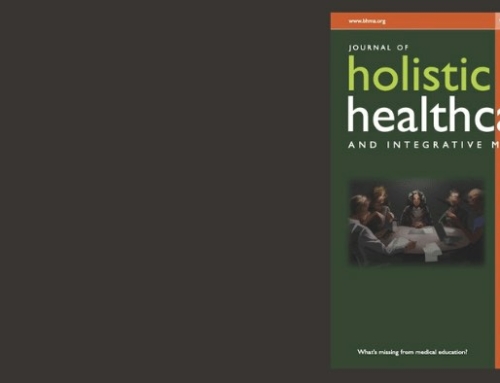Integrative medicine and the counterculture: full circle
– Editorial by David Peters from our new Spring/Summer journal.
In the early 1970s ‘swinging’ London was the meat in a sandwich of new possibilities: meditation teachings were flooding in from the East and, as humanistic psychology wafted in from the Pacific coast, British inhibitions were starting to melt away. The grapevine was humming with news about organic food, sustainable energy, ‘alternative medicine’, altered states of consciousness and new music. Friends of the Earth and Greenpeace were being born, Fritz Schumacher was proclaiming that small is beautiful, Ivan Illyich was warning us of medical nemesis. Though only lately had George Engels laid out his integrative model for biopsychosocial medicine, many doctors had not yet lost their psychosomatic perspective, and early research into psycho-neuro-immunology was quite literally giving them flesh. Humane birthing and dying were emerging as counter-culture concerns too. In some ways the United States of America was the counterculture vanguard, and California’s Whole Earth Catalogue and Co-Evolution Quarterly shone their inspirational sunshine into UK communes aspiring – often chaotically – to live in this whirlpool of cultural, ecological and spiritual revolution.
In 1983 a group of doctors who had been twenty-something in the 70s founded the British Holistic Medical Association and later, this journal. Nearly half a century on we can be thankful our concerns are mainstream. No wonder, as these interacting waves of disorder summon a perfect storm, that we hear echoes of the 1970s. Some see the climate crisis, mass extinctions, pandemics, soil depletion and ocean warming as symptoms of planetary distress, fruits of a culture in decline. They say we are dreaming the wrong dream, navigating by the wrong charts. That’s as maybe, but in a century marked by so much disintegration, mainstream medicine can still claim many triumphs. Yet, though doctors can patch up the casualties they can’t repair people broken by poverty, war and the everyday stresses of living lives empty of meaning, or lives overstretched and over-reaching, lives lonely and lived in separation from the natural world. Ever more doctors and nurses are realising this, but how can those of us who share these concerns (whether or not we are practitioners, because frankly we will all become patients in the end) become part of the solution? This you will agree is our century’s big issue.
From the outset, BHMA’s founding values – openness, diversity, choice and compassion in healthcare – led us to campaign for more integration of complementary therapies into conventional medicine. But this journal also lit a torch for mind and body selfcare, lifestyle medicine, healthy communities, and for research with people not on them. Our founding motto ‘physician heal thyself ’ shone a light on the wounded incompleteness of a too-scientific mindset that endangered the art of medicine. We suspected that as medicine became industry-like, its conveyor belt would dehumanise patients and its workers alike.
At the time, our values-based proclamations didn’t have much scientific back-up: they do now. Decades on there is a great deal of evidence for the deepening crises but also for non-conventional therapies. Interventions like meditation and mindfulness, medical acupuncture, botanicals, ‘mindbody medicine’, hypnotherapy, exercise, diet, yoga, can be valuable, effective and harmless when skilfully selected and applied. This long list of selfcare and non-pharma options for boosting self-regulation (and practitioner wellbeing), is firm ground for developing IM. Globally, our health systems are failing to cope with rocketing levels of long-term illness and disease. Biomedicine admits it can’t fix them and agrees that their origins lie upstream. There, diet and lifestyle, poverty and adverse child experiences can sow seeds of mental and physical disease. So much ill-health is triggered by stress, or poor air, water and soil, wrong diet and lifestyle. Clearly prevention and management call for holistic integrative approaches.
In the 1980s and 1990s the UK was still leading the way with IM, but as the 21st century began, state funding of IM service faded out. In the States however, federally funded IM research at the National Institutes of Health put the USA once again in the vanguard. And so, as the BHMA approaches its 40th year, this issue of JHH inaugurates three significant collaborations. First our shared production of JHH with Salem University in West Virginia’s new Integrative Health Institute (IHI); exciting too is the closer relationship evolving between BHMA/JHH and the National Centre for Integrative Medicine in the city of Bristol. Plus we have high hopes for a co-operation with Compassionate Care and Mindful Medicine – a healthcare meditation platform based in the Netherlands.
Our reconnecting with IM is no backward step. Though it’s a full circle, this time around we are higher up the mountain and all around we can see what was there in our 1970 crystal ball – a health crisis for people and planet. And so, to signify a renewed commitment to integrative re-thinking and a re-imagining of healthcare’s crisis, this journal bears a new title: The journal of holistic healthcare and integrative medicine. In this issue your editor introduces his personal take on integrated medicine and the potential for integrating complementary therapies. IHI lead Bruce Cryer writes the first of his updates about IM in the USA. Pioneering integrative physician David Reilly writes about a radical approach to selfcare and his WEL programme. In an interview Michael Dixon sees the frontiers of social prescribing as holism in action. Medical student blogger Hugo Jobst tells us that tomorrow’s doctors need a more humane and integrative medical education and we launch this year’s essay prize asking healthcare students what they think is missing from their training. David McGavin writes about his pain project’s anthroposophical approach, and Mike Cummings reveals the many obstacles that acupuncture faces in achieving state and insurance funding. James Hawkins continues his series on the emerging field of psychedelic therapy, and Thomas Skovholt reminds us that practitioners who truly care are the very heart of good healthcare.
disintegration, mainstream medicine can still claim many
triumphs. Yet, though doctors can patch up the casualties
they can’t repair people broken by poverty, war and the
everyday stresses of living lives empty of meaning, or live

